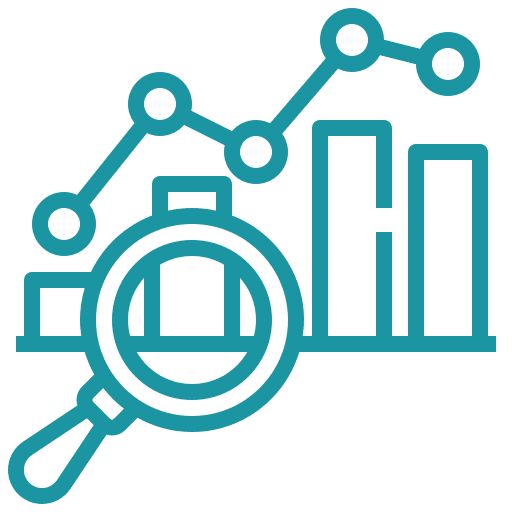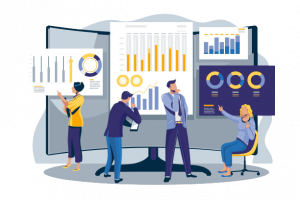Our Partnership with Snowflake
Cloud data migrations could be a complex process. Infometry has been Snowflake Partners since 2019. And this partnership with Snowflake solutions has allowed many enterprises to add more value to their on-premises data while leveraging the performance and simplicity of Snowflake’s platform alongside the powerful collaboration capabilities of the Snowflake Data Cloud. Our team with extensive experience in Snowflake migration is successfully leading your data integration challenges without disruption. No matter the volume, variety, or size of your data set, our team focuses on providing the best possible business outcomes using Snowflake solutions.
So, ease your workload and peace of mind by turning to the industry’s one experienced Snowflake Solution Partners – Infometry.

Discover more about this collaboration
Migration to Snowflake with Infometry ensures:

PLATFORM SCALABILITY

EASE OF IMPLEMENTATION

CERTIFIED AND TRAINED CONSULTANTS

FASTER INSIGHTS TO YOUR DATA

UNMATCHED SUPPORT

TRANSPARENT TRANSITION
Why Infometry
- We at Infometry have helped Fortune 500 customers with Implementation and Cloud Analytics leveraging Snowflake
- Infometry specialized in Snowflake Migration and Consulting
- Satisfied clients in multiple domains
- Speed of implementation leveraging Automated process and utilities
- We are one of the most recognized Implementation Partners for Snowflake with global footprints
- Proven track record of successful projects
- Certified consultants
Insights
Dig deeper into Infometry’s Snowflake Partners integration solutions brief, success stories, and visions for the future. Explore our insights to discover the latest trends, capabilities, and industry approaches that will transform your data challenges and provide a fresh outlook.

So, Are You Ready To Revamp Your Data Warehousing And Analytics?
Frequently Asked Questions
- Yes, Snowflake supports stored procedures. A stored procedure is similar to a function; as such, it’s created once and used many times. Using the CREATE PROCEDURE command, you can make it, and with a CALL command, you can execute it. Snowflake storage procedures are written in JavaScript API (in the form of JavaScript methods and objects).
- Snowflake is a cloud-based Data Warehouse solution presented as a Saas (Software-as-a-Service) with full support for ANSI SQL.
- The Snowflake Time Travel tool provides us with access to past data at any time during the specified period. This enables us to see which data we can edit or delete. This tool is used to accomplish the following tasks:
- Restore objects associated with data that may have unintentionally been lost.
- To examine data usage and data changes within a given period.
- Duplication and backup of data from the most important points of history.
- A virtual warehouse is one or more clusters that approve users for carrying out operations such as data loading, queries, and other DML operations. Virtual warehouses endorse users with the required resources such as CPU, temporary storage to perform various snowflake operations.
- Snowpipe is a constant and cost-effective service that we use to load the data into Snowflake. Systematically Snowpipe loads the file data as soon as it is feasible on the stage.
- It is an implementation that enables us to create a copy of tables, schemas, and databases without actually copying the data. For performing zero-copy in Snowflake, we must use a keyword named CLONE. This option allows you to obtain real-time data from production and carry out several actions.
- A Snowflake stream keeps track of DML changes to a table. You can use Snowflake streams to:
- Emulate triggers in Snowflake (unlike triggers, streams don’t fire immediately)
- Gather changes in a staging table and update some other tables based on those changes at some frequency.
ACCOUNT ADMIN :
- This is the highest level role in Snowflake. It should be heavily limited in access and encapsulate SYSADMIN and security admin
SECURITYADMIN :
- This role is used for managing any object grant globally, and therefore is granted the MANAGE GRANTS privilege by default. This role also inherits the USERADMIN role
- USER ADMIN :
This role is dedicated to user/role management. By default, this role can create/modify users and their respective roles (assuming those roles/users haven’t been transferred to another role). - SYSADMIN :
This role is dedicated to system object management. It is recommended by Snowflake to assign all custom roles to the SYSADMIN role, so this role can grant these privileges to other roles. - PUBLIC :
This is a pseudo role that every user/role in the account gets.


